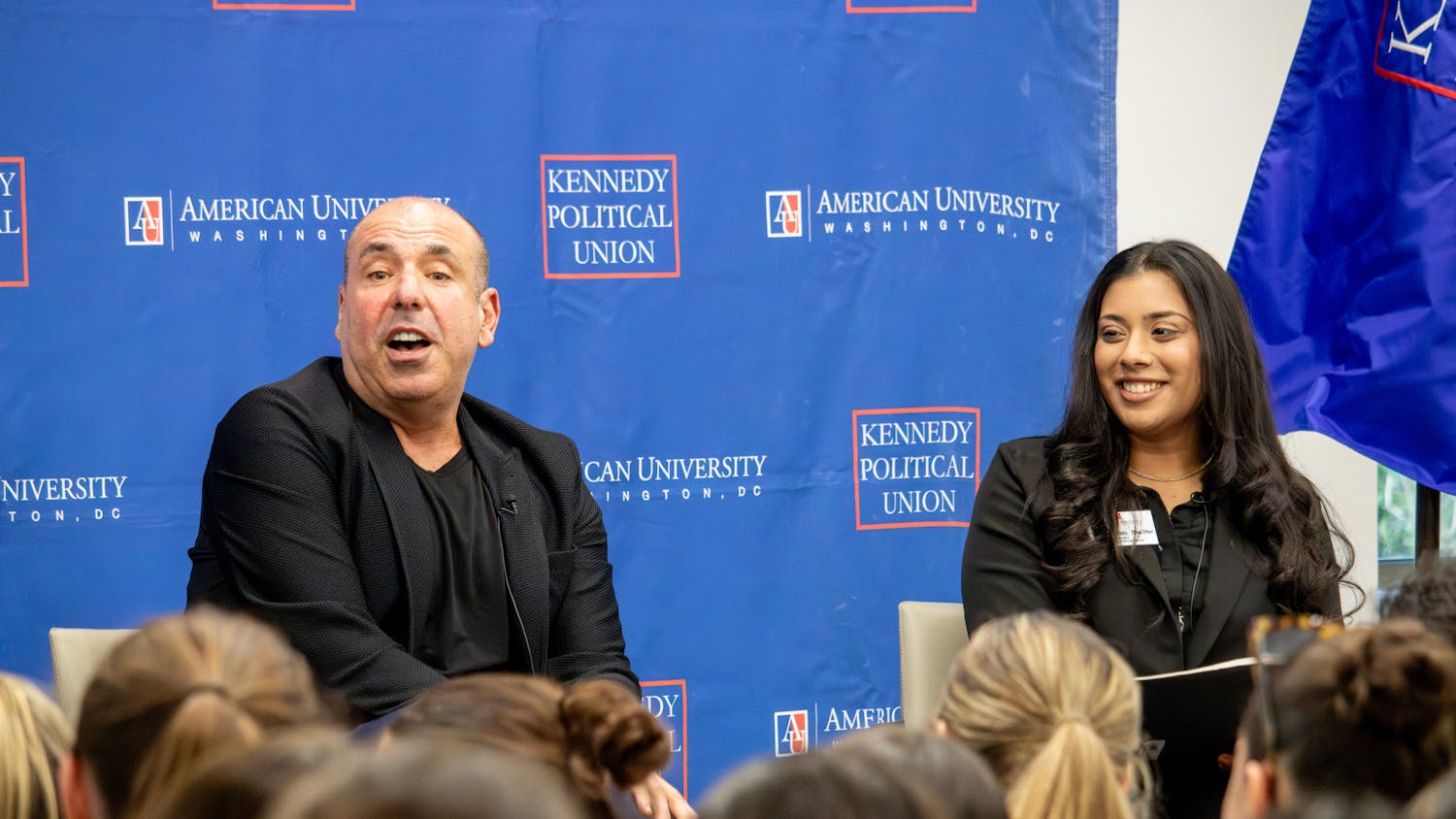Journalist and filmmaker Sebastian Junger has seen a few firefights in his time documenting the travails of soldiers located in and outpost in the Korengal Valley. His film “Restrepo,” which was co-directed by photojournalist Tim Hetherington, was nominated for an Oscar in 2011 for Best Documentary. Now, four years after the release of “Restrepo,” Junger returns with a new film that continues the story of outpost Restrepo in “Korengal.”
Junger took time to talk with The Eagle’s David Kahen-Kashi about the making of the film and the Kickstarter project to help distribute the new film.
Eagle: How did the idea for a sequel to “Restrepo” develop?
Sebastian Junger: Well, Tim [Hetherington] and I talked about how there was such an enormous amount of incredible material from the footage that he and I shot in the Korengal that we took “Restrepo” from and that we should make a follow up. [It was] not really so much a sequel as a film that would compliment “Restrepo” and fill in some gaps.
E: The tagline for the film is “This is what war feels like.” Why was important to go back to the footage and develop on that idea?
SJ: “Restrepo” was an attempt to give civilians a direct experience of combat, what it feels like to be in combat. So there was no narration, no musical score [and] we can cut away to interviews with ambassadors and generals, but you’re just stuck at that outpost with those guys. That’s great, that’s a very powerful way to do it, but it has its limitations. And what I wanted to do with “Korengal” was go into the experience of war a little more and sort of explicitly try to understand it and to probe soldiers about what is field work? What does the word ‘courage’ mean to you? That kind of thing.
E: What’s the difference between trying to find a story as a journalist and doing it as a filmmaker?
SJ: As a journalist, I don’t have an agenda. I’m not advocating one position or another. I can’t misrepresent reality. Now in a film, you can tell a story that doesn’t necessarily have news content. I mean out in the Korengal there really in a way was no news content. It’s a bunch of soldiers fighting for a little scrap of ground, but that doesn’t mean I didn’t have to be completely factual about the whole thing. So I feel like you can do both. If you ask someone to pay $12 bucks, you have to give them an emotional experience. But it’s slightly different though. It’s just what you’re asking people to do and what you give them in return.
E: The original reporting took place as a collaboration between Vanity Fair and ABC, what was it like to do this film as a separate project of its own and how did it take a life of its own?
SJ: It started a little bit differently. I wanted to write a book about a platoon in combat and you need to be on assignment to have access to be embedded. I asked Vanity Fair if they would sponsor me for multiple trips out of there. I knew I was going to be shooting a lot of video just because I thought as long as I’m out there I might as well shoot video since it’s not that hard to do and I had a relationship with ABC so with ABC I would give them the footage to use in their broadcast. So it wasn’t a collaboration between Vanity Fair and ABC. I was doing my own thing and using those institutions to sort of help me and then I brought Tim on board after a few months. He was very psyched to participate in the documentary. We did that completely outside of ABC and Vanity Fair’s purview. We put hundreds of thousands of dollars of out own money into it and it worked really well. “Restrepo” came out and did very well. So “Korengal” was just more of the same except I didn’t have Tim by my side and I had to finance it myself and we don’t have a distributor intentionally. We’re doing this completely on our own.
E: Tim Hetherington died in 2011 reporting on the Libyan War. Was there an attraction to conflict zones or was it just a job for him?
SJ: I think it was both. I think for most war reporters its both. I mean there’s plenty of ‘jobs’ that don’t involve getting shot at so it’s obviously more than that. I think most feel very privileged to do this work. I think for Tim, and thousands of other journalists like Tim, it felt like a bit of a calling. I think he was very, very thrilled to do it.
E: You funded some of “Korengal” and its distribution through Kickstarter, how did going down that avenue come up?
SJ: We needed to raise the money for the distribution and we had to buy time in theaters all across the country and that kind of thing is pretty expensive. And of course, the purpose of Kickstarter, which is great, is it raises money, but it also publicizes the project.
E: So what’s next for you?
SJ: I made a couple films and I’m gonna write another book. I also started a nonprofit called RISC (Reporters Instructed in Saving Colleagues) to train freelance war reporters in combat medicine. Tim bled out, his wound wasn’t necessarily mortal, but he bled out and no one was around who knew what to do. So I wanted to keep the next Tim from happening. I’ve been busy.





